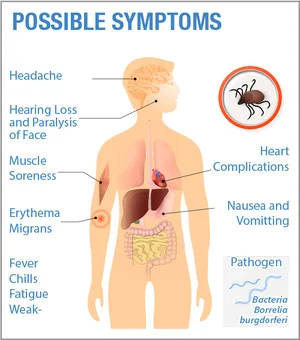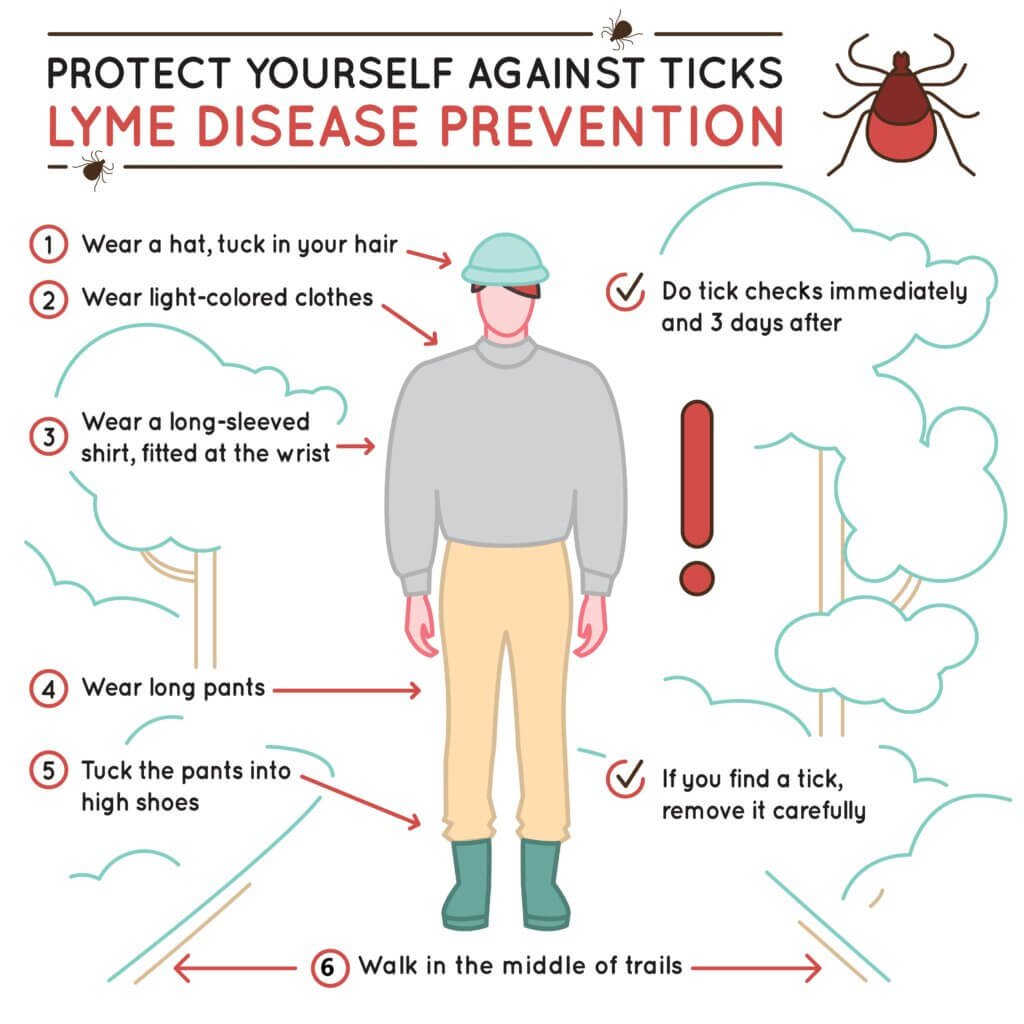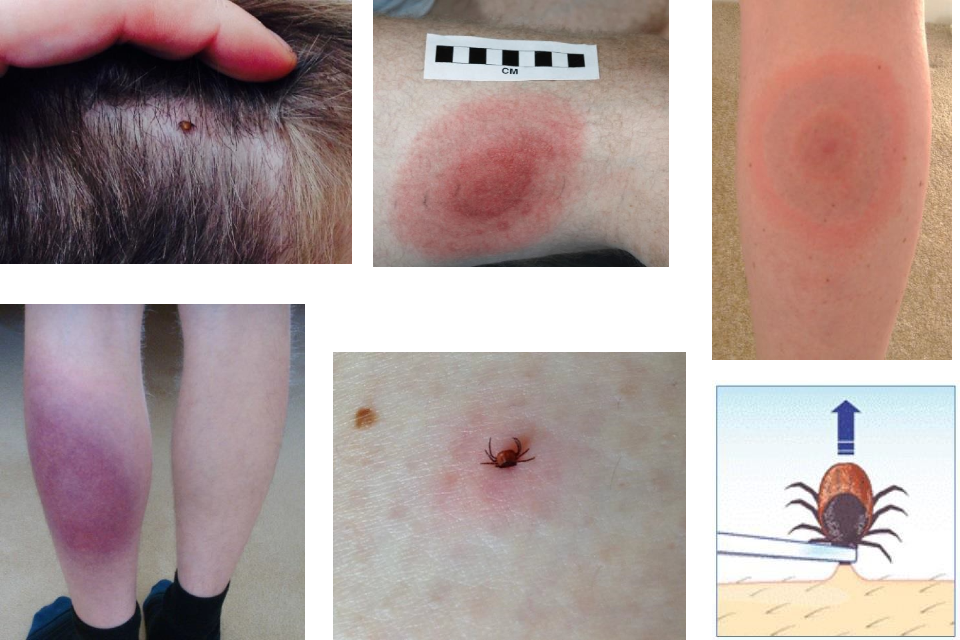Lyme disease is a growing public health concern in the United States, with nearly 500,000 new cases reported annually. Transmitted through the bite of infected black-legged ticks (commonly called deer ticks), Lyme disease can lead to serious health complications if not diagnosed and treated early. As tick populations expand due to climate change and ecological shifts, understanding how to protect yourself and your loved ones is more important than ever.
What Is Lyme Disease?
Lyme disease is caused by the bacterium Borrelia burgdorferi, which is transmitted to humans through the bite of infected ticks. These ticks are most active during warmer months, typically from May through September, but the risk persists year-round in some regions.

Common Symptoms
- Early symptoms (3–30 days after bite):
- Fever
- Headache
- Fatigue
- Muscle and joint aches
- A characteristic “bull’s-eye” rash (erythema migrans)
- Later symptoms (weeks to months after bite):
- Severe joint pain and swelling
- Neurological issues (e.g., facial palsy, memory problems)
- Heart palpitations or irregular heartbeat
Why Is Lyme Disease So Prevalent in the U.S.?
Several factors contribute to the high incidence of Lyme disease in the United States:
- Geographic spread of ticks: Ticks are expanding into new areas, especially in the Northeast, Midwest, and Pacific Northwest.
- Climate change: Warmer temperatures and increased humidity create ideal conditions for tick survival and reproduction.
- Suburban development: Human encroachment into wooded areas increases exposure to tick habitats.
- Increased outdoor activity: Hiking, camping, and gardening raise the risk of tick bites.
Prevention: How to Stay Safe from Lyme Disease

1. Avoid Tick Habitats
- Stay on marked trails when hiking.
- Avoid tall grass, leaf litter, and wooded areas.
- Keep your yard tidy by mowing grass, removing brush, and creating a tick-free zone around your home.
2. Use Protective Clothing and Repellents
- Wear long sleeves, long pants, and closed-toe shoes.
- Choose light-colored clothing to spot ticks more easily.
- Treat clothing with permethrin, a tick-repellent pesticide.
- Apply EPA-approved tick repellents containing DEET, picaridin, or oil of lemon eucalyptus3.
3. Perform Regular Tick Checks
- Check your body, clothing, and pets after spending time outdoors.
- Pay close attention to hidden areas like the scalp, behind ears, underarms, and groin.
- Shower within two hours of coming indoors to wash off unattached ticks.
4. Remove Ticks Promptly and Properly
If you find a tick attached to your skin:
- Use fine-tipped tweezers to grasp the tick as close to the skin as possible.
- Pull upward steadily without twisting.
- Clean the bite area with soap and water, then apply antiseptic or rubbing alcohol.
- Do not use petroleum jelly, nail polish, or heat to remove ticks—these methods can increase the risk of infection.
Safety Tips for Pets
Pets can also contract Lyme disease and bring ticks into your home. To protect them:
- Use veterinarian-approved tick preventatives.
- Check pets for ticks after outdoor activity.
- Keep pet bedding clean and vacuum frequently.
What to Do After a Tick Bite
If you’ve been bitten:
- Remove the tick immediately.
- Monitor the bite site for signs of rash or infection.
- Record the date and location of the bite.
- Seek medical attention if symptoms develop.
Early treatment with antibiotics is highly effective. Delayed treatment may lead to more severe complications.
Treatment Options
Lyme disease is typically treated with antibiotics such as doxycycline, amoxicillin, or cefuroxime. The duration of treatment depends on the stage and severity of the disease:
- Early-stage: 10–21 days of oral antibiotics.
- Late-stage or neurological involvement: May require intravenous antibiotics.
Living with Lyme Disease
Some individuals experience lingering symptoms after treatment, known as Post-Treatment Lyme Disease Syndrome (PTLDS). These may include fatigue, pain, and cognitive difficulties. While the exact cause is unknown, ongoing research aims to better understand and manage these symptoms.
Public Health and Awareness
Organizations like the CDC, Johns Hopkins Lyme Disease Research Center, and Harvard Health Publishing offer resources to educate the public and promote prevention. Increased awareness, early detection, and proper tick safety practices are key to reducing the spread of Lyme disease3.

Final Thoughts
Lyme disease is preventable with the right precautions. Whether you’re hiking in the woods, gardening in your backyard, or walking your dog, staying informed and vigilant can make all the difference. By understanding the risks and taking proactive steps, you can enjoy the outdoors safely and protect yourself and your family from this potentially serious illness.















